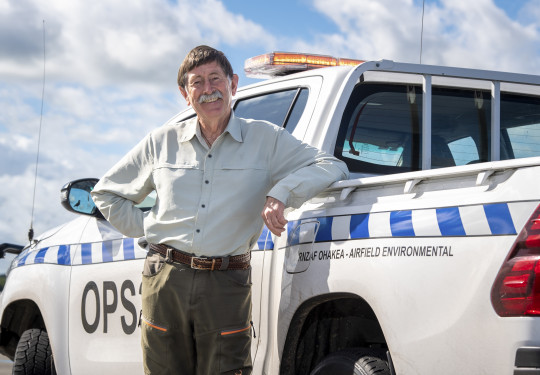Ohakea worker goes above and beyond to keep fearless dotterels flying
A Royal New Zealand Air Force (RNZAF) base bird champion has no qualms about cradling bird eggs in his hands amid the busy comings and goings of helicopters, jets and other aircraft at a working military air base.
09 May, 2023
That was just one of many victories for Airport Environmental Officer Jim Cook at RNZAF Base Ohakea, in his quest to ensure the welfare of banded dotterel (pohowera) which cheerfully persist in nesting precariously around the Manawatū base.
Banded dotterel are a protected, endemic and declining species of small plover found throughout New Zealand, often nesting on beaches, riverbeds and farmland.
Or, in the case of Ohakea, sometimes mere metres away from moving aircraft or in ground cavities about to be filled with concrete.
Mr Cook believes around 300 to 400 dotterels accumulate at Ohakea every year, flying in big flocks round the airfield and roosting in the grass at night.
He said he once came across a male dotterel looking out for its mate, which was sitting on four eggs underneath a newly arrived, parked P-8A Poseidon aircraft.
Mr Cook said the birds’ camouflage makes them very hard to spot when they’re nesting, and dotterel nests are little more than scrapes in the ground - this one was basically an indent in the tarmac.
If the aircraft had started, he said the eggs would have been sucked up. But he was able to successfully move them, with the mother hatching her chicks in the new spot.
Once I had to hold eggs in a warm clasp for 10 minutes while an NH90 helicopter and VIPs landed and taxied over the nest. The downdraft would have blown the eggs away. They were carefully returned, the mother came back, and all three hatched the following day.
Mr Cook said the birds have a fondness for nesting on the apron tarmac, especially where it meets the grass, and the weedy gravel of No. 3 Squadron’s carpark is a favourite spot.
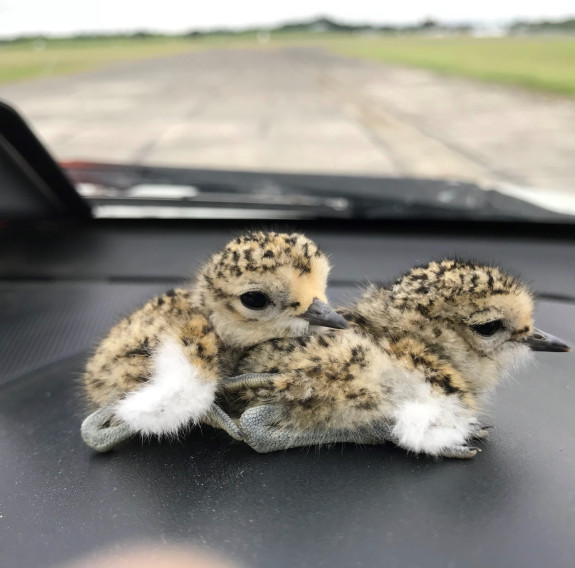
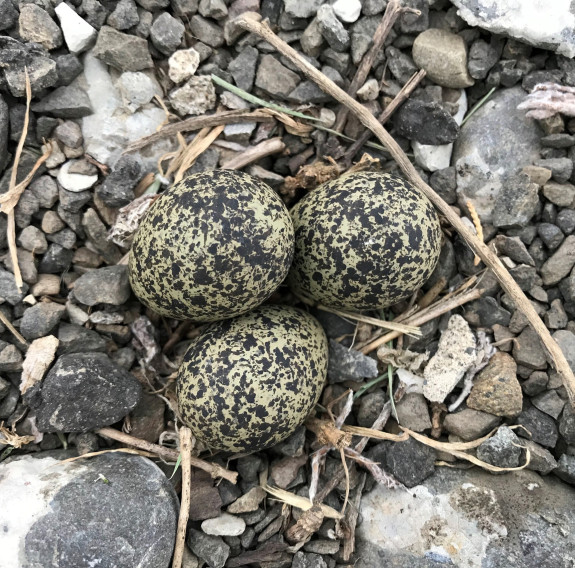
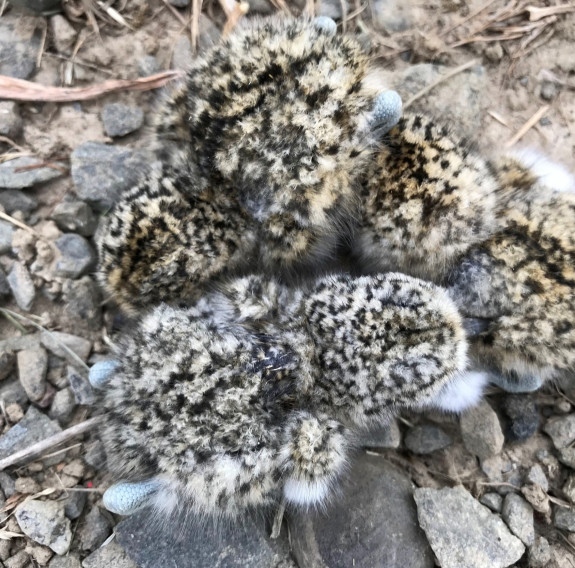
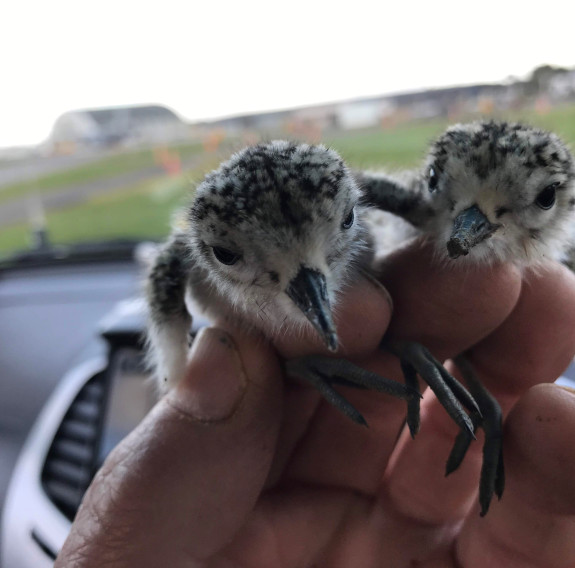
Construction work at Ohakea for the P-8A Poseidons’ new hangars has created piles of gravel and unfinished terrain, which he said reminded the birds of natural river beds.
As a consequence, there has been a huge influx in dotterel numbers which has halted work several times - with Mr Cook called in to help.
He has found himself alongside representatives from Defence Estate and Infrastructure, Fulton Hogan, the Department of Conservation and local iwi all circled around a small nest.
Mr Cook said sometimes the solution is to place cones around a nest.
They seem completely unafraid of people. There are 20-tonne diggers, huge trucks rumbling past the cone, and they still hatch and rear chicks.
Inevitably there are losses; the month when chicks are learning to fly is when they are most vulnerable.
“They are about the size of a large marble, and speckled grey and black. They are really hard to find after they have hatched and take about a month to grow big enough to fledge, but they can run like the wind on ludicrously long legs.”
Feral cats can be a nuisance, and magpies will sometime kill chicks or devour eggs.
“Every year about three or four become a statistic on my Bird Strike database.”
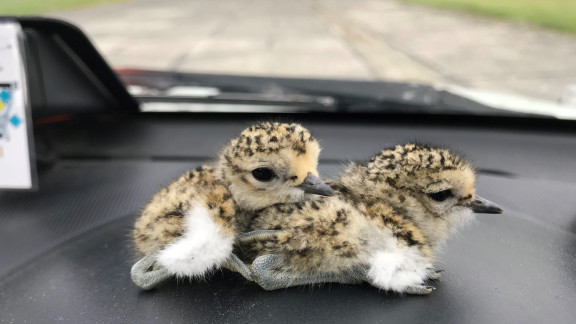
Royal New Zealand Air Force: Banded Dotterel birds at RNZAF Base Ohakea
Mr Cook has kept birds of his own for 65 years. He worked for the New Zealand Wildlife Service - a forerunner of the Department of Conservation (DOC), and was involved in the recovery of the Chatham Island black robin from the brink of extinction.
All his jobs have been wildlife-related, including his most recent prior job as a bird specialist for pest control companies in the lower North Island. Mr Cook is on the Conservation Board of DOC and is a Fish and Game councillor.
As winter approaches the dotterels move on, leaving him with a fresh challenge - protecting swallows.
“They congregate in huge flocks on the runway as the light changes in the morning. After resting they get quite slow and cold, and because the runway is black and warm, they come there to warm up for 10 or 15 minutes, then they are off.”
